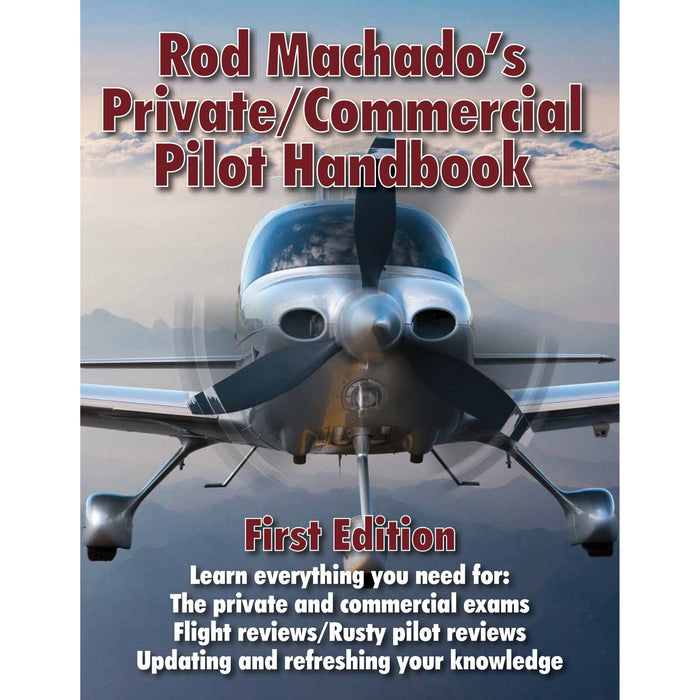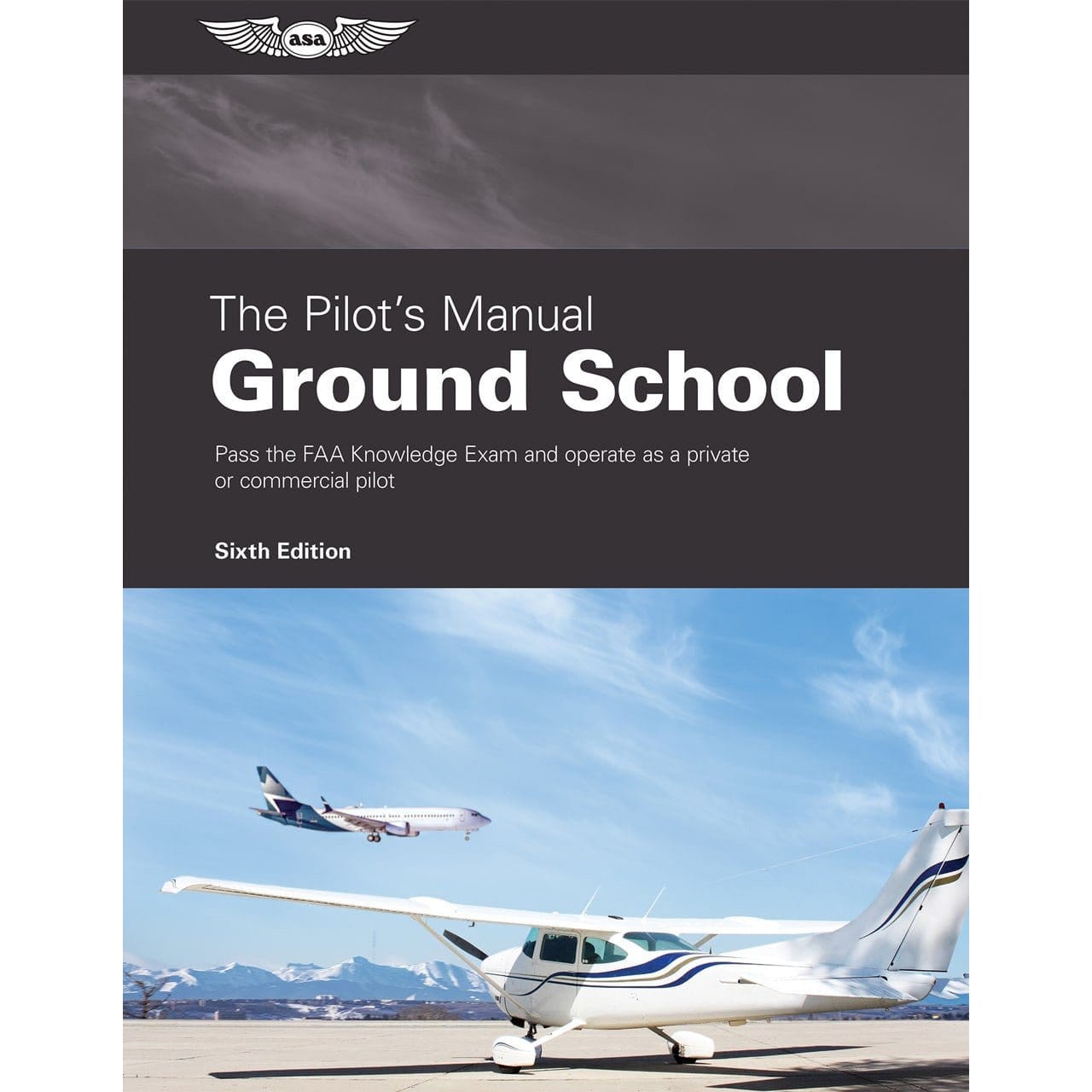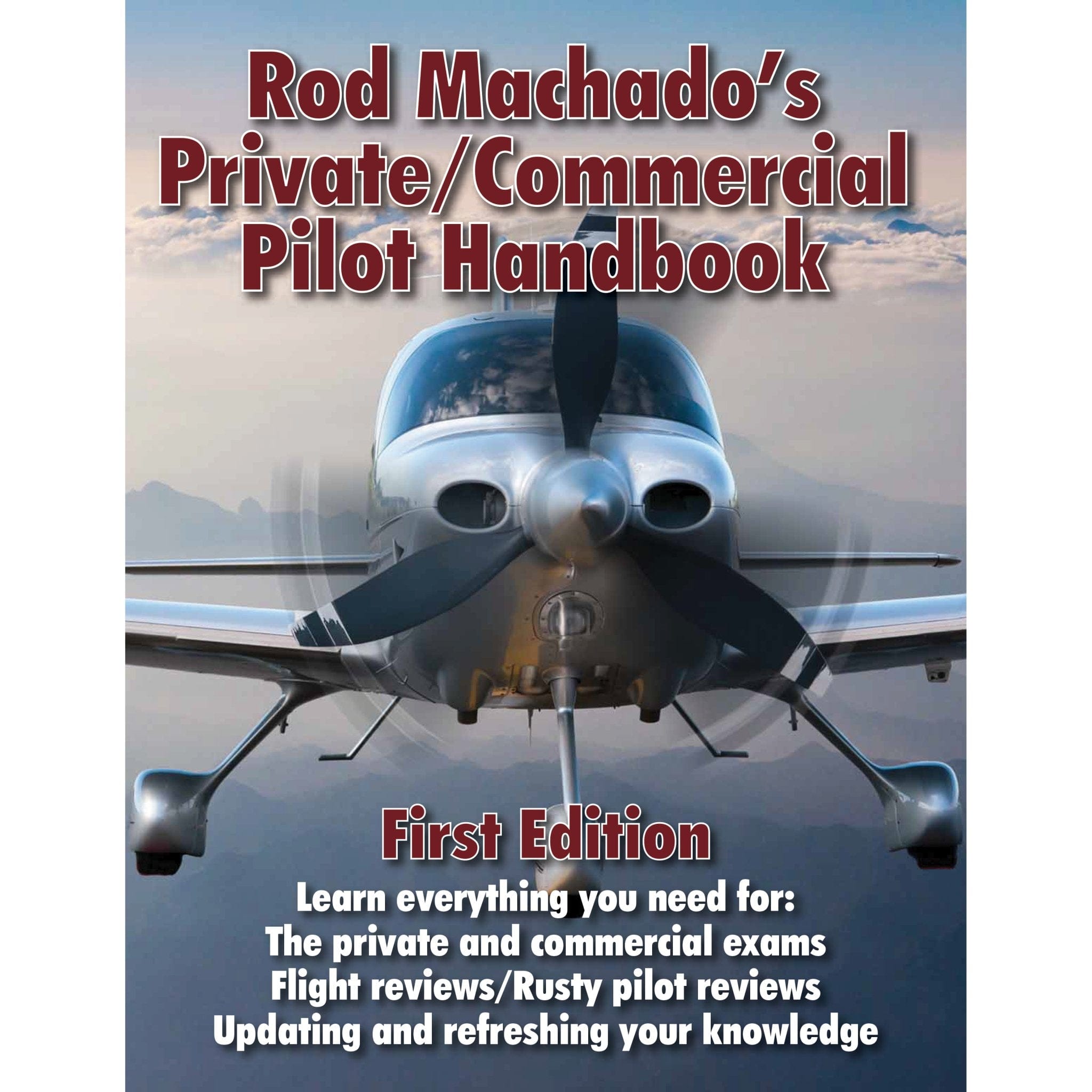You are planning a weekend getaway and want to fly a straight line to your destination but as you consult the sectional, you realize that there is a large patch of restricted airspace right in the middle of your proposed flight path. Going around it would add over an hour to your flight, but that is your only option, right?
Not necessarily. Before you tack on the extra time and fuel costs by settling for a detour, take a moment to learn about restricted airspace.
Remember that restricted does not necessarily mean prohibited, and by understanding the rules for this type airspace, you will know if you should seek authorization to fly in it and how to do so.

What is restricted airspace?
Restricted airspace is one of the seven types of special use airspace designated by the FAA and explained in 14 CFR Part 73 Subpart B. According to the AIM:
Types of restricted airspace
In the United States, airspace with flight restrictions are used for various purposes and are meant to protect aircraft from hazardous activities taking place within the space. The military is one of the agencies that commonly makes use of this type of airspace, and restricted areas are often found over large military installations.
Military restricted airspace can be used for live bomb drops, aerial gunnery, artillery firing, or guided missiles. Entry without authorization while the restricted airspace is in use can be highly dangerous. Airspace with restrictions may be considered “open, active, or hot” if it is currently in use and “closed or cold” if it is not.
How many restricted areas are there?
There are currently over 370 restricted flight areas over the United States and its coastal waters. The agencies using the restricted airspace must submit a yearly report detailing among other things what the space was used for and how many hours, days, and weeks out of the year the space was actively used.
If the agency is no longer using the restricted area frequently enough to warrant the designation, that airspace may be allowed to revert to a non-restricted type of airspace.
 Are you allowed to fly into restricted areas?
Are you allowed to fly into restricted areas?
No aircraft are allowed to operate in the restricted area unless they have secured prior authorization and have the using agency or controlling agency issue a clearance. In this context, the using agency is the organization, agency, or military command whose use of the area necessitated it being designated as a restricted area.
- You must contact the controlling agency
The controlling agency is the FAA facility that is responsible for overseeing that controlled airspace.
The FAA can request that the using agency submit a letter authorizing joint use of the airspace between the using agency and the controlling agency. If this letter is submitted, the using agency is still in charge of the restricted area, however it can notify the controlling agency of times when the controlling agency can grant other requests for transit through the area.
This is common for restricted use areas that are only used during certain days or times. With a joint-use letter in place, the FAA can allow other traffic through the restricted airspace when the using agency confirms that the airspace is not in use and is open to such traffic.
If there is no joint-use authorization letter on file, the ATC controller will be unable to grant clearance. For prohibited and non-joint use airspace, ATC will issue a clearance to navigate the aircraft around the restricted airspace.

- The risks of entry
Entering a restricted area without proper authorization is an airspace violation and, depending on the severity and type of restricted area, can lead to enforcement action. Enforcement can be a simple letter of reprimand, a license suspension, or in more severe situations even a license revocation.
If the airspace in question was actively in use at the time of incursion, the unauthorized pilot is also at risk of damage or destruction of his/her aircraft based on the hazards present in the active restricted airspace.
For all these reasons, it is important to know how to safely and legally navigate restricted areas.
 How to navigate restricted areas
How to navigate restricted areas
When questioning how to navigate restricted areas and whether you can fly into them, there are a few questions you will need to answer first. You must determine who the controlling agency is, when the restricted area is in use, what altitude restrictions are attached to the area, and decide whether you intend to fly VFR or IFR.
Navigating restricted areas while flying IFR
Navigating restricted areas is much easier if you are flying under instrument flight rules (IFR). Pilots flying IFR will have ATC to help them. If an IFR flight plan takes a pilot through joint-use restricted flight areas which are not active and whose use has been released by the controlling agency, ATC will simply allow the pilot to operate in the restricted space without a specific clearance.
This process is so seamless that you may not even realize that you have entered the restricted airspace. If the joint-use restricted area is currently in use, ATC will automatically issue a clearance to route the aircraft around the airspace. Pilots flying IFR will also be automatically routed around non joint-use restricted flight area.
Navigating restricted areas while flying VFR
Airspace that has been designated as a restricted is published in the Federal Register. Permanently restricted zones are also charted on VFR Terminal Area, a VFR sectional chart, and en route charts.
The sectional chart will list hours, days, and/or dates that the restricted area is active as well as the supervising ATC agency and the frequency to contact them on. If you see “SR-SS” in the time of use column on the sectional, this means the restrictions are in effect from sunrise to sunset.
- How to identify a Restricted Area
Permanent restricted areas will be designated with a blue hatched border and an alpha-numeric label starting with the letter “R” and a dash followed by numbers. Temporary restricted areas are not shown on charts.
The FAA’s SUA website is a useful source for information about currently active special use airspace and can be viewed in both a text list and graphic map format. Restricted airspace is listed as a Type R. The site lists the NOTAM ID, start and end time, center ID, and impacted altitude ranges (if applicable) of each special use airspace.
- Use Flight Following
As a visual flight rules (VFR) pilot, if you have activated flight following, ATC will help you navigate restricted areas in the same way as they do IFR pilots. If you are flying VFR without flight following, you are solely responsible for restricted area recognition and avoidance.
- Find Restricted Spaces Using Sectionals & GPS
Use your sectionals, GPS, and pre-flight research to ensure you are aware of the location of any restricted area in your path. Consult your NOTAMs and call the closest FSS as well to confirm since some restricted areas with set or continuous operation times do not produce NOTAMs.
If you or the FSS identify any restricted areas in your flight path, you can also place a call to the controlling agency once you are in the air to confirm the current status of the restricted areas.
Remember, you can file a flight plan with the FSS, but simply filing a plan does not mean that the FSS will keep you out of restricted airspace. The only way to get real time help avoiding flight restricted areas when flying VFR is to activate flight following.
As you are planning your flight and notice a restricted zone in your path, read the details and confirm the altitude restrictions. The specific altitudes the restrictions apply to will vary depending on the needs of the controlling agency. In some cases, you may find that you can fly either above or below the restricted airspace rather than detour around it.
Temporary Flight Restrictions
Temporary Flight Restrictions (TFRs) are a type of Notices to Airmen (NOTAMs). They are issued when an area is restricted due to hazardous conditions, a special event, or as a general warning for the whole FAA airspace. The details of the restriction will be fully described in the TFR itself.
We recommend reading our guide: Temporary Flight Restrictions: Can You Fly Through a TFR?

-
How high does restricted airspace go?
The restrictions are different for each area, check the altitude information on the sectional chart and with the controlling agency.
-
What happens if you fly over restricted airspace?
Penalties for entering airspace that is restricted can be anything from a formal warning to an absolute revocation of the offender's pilot license. In cases where an aircraft was entering an active restricted zone, the unauthorized pilot may have to deal with the destruction or damage of their own craft due to the risks associated with intruding in an active flight area.
-
What is the difference between restricted and prohibited airspace?
Restricted areas denote airspace that could be potentially active with activity that could be harmful to aircraft and individuals, however it does allow the pilot the opportunity to contact the controlling agency for permission to enter the airspace. Prohibited airspace means no person operating an aircraft can enter the airspace.
-
Can you fly through restricted airspace if not active?
According to the FAA's section on Navigation warnings: "If the restricted area is not active and has been released to the controlling agency (FAA), the ATC facility will allow the aircraft to operate in the restricted airspace without issuing specific clearance for it to do so."
-
Can you fly through warning airspace?
Yes, however, a pilot who intends to fly through a warning airspace will need to check the NOTAMs and a sectional chart to be aware of any possible hazards. The purpose of such warning areas is to warn nonparticipating pilots of the potential danger. A warning area may be located over domestic or international waters or both.
 Takeaways
Takeaways
Restricted airspace can be intimidating, so it is helpful to understand the rules and your options when navigating it. Although unauthorized aircraft are not allowed to enter restricted airspace, unlike prohibited airspace, it may be possible to obtain clearance to travel through this space under certain conditions.
If you have the choice to fly IFR or VFR, opting for IFR gives you the extra peace of mind knowing that the controller will take care of your restricted airspace routing needs behind the scenes. If you can travel through the restricted space, they will simply route you through it and if you cannot, they will route you around without you having to worry about it.
- When Flying VFR
Pilots flying VFR are responsible for their own routing around restricted airspace or for obtaining permission to enter unless they have activated flight following, in which case ATC will take care of routing for them.
Pilots who are doing their own routing and need to consider obtaining permission to fly through restricted airspace should do their homework as an unauthorized incursion into restricted airspace can lead to a reprimand, suspended license, or worse.
Confirm the details of the restricted airspace prior to departure. Know the altitude range which is impacted along with the dates and times the area is active. Find out if the controlling agency has issued a joint-use authorization to the FAA so that they may give planes clearance to enter the airspace when it is not in use.
- Polish your skills
To polish your skills and build the depth of your knowledge on special use airspace, put yourself through Gleim’s 9-unit Security-Related Airspace Course. This course covers the essentials of restricted airspace plus prohibited areas, temporary flight restrictions (TFRs), the D.C. SFRA, ADIZ operations, and intercept procedures. Consider it a useful annual refresher to help you stay out of danger and out of trouble in and around special areas like restricted airspace.
Read more about Restricted Airspace and other flight training topics in our Flight Training Material: Private Pilot collection.

|
Rod Machado's Private Pilot/Commercial HandbookLearn to fly from a book that has personality with Rod Machado’s "Private Pilot/Commercial Pilot Handbook." In addition to having everything you need to know to become a knowledgeable and competent pilot, this book is full of wit, humor, analogies, and fun. |








